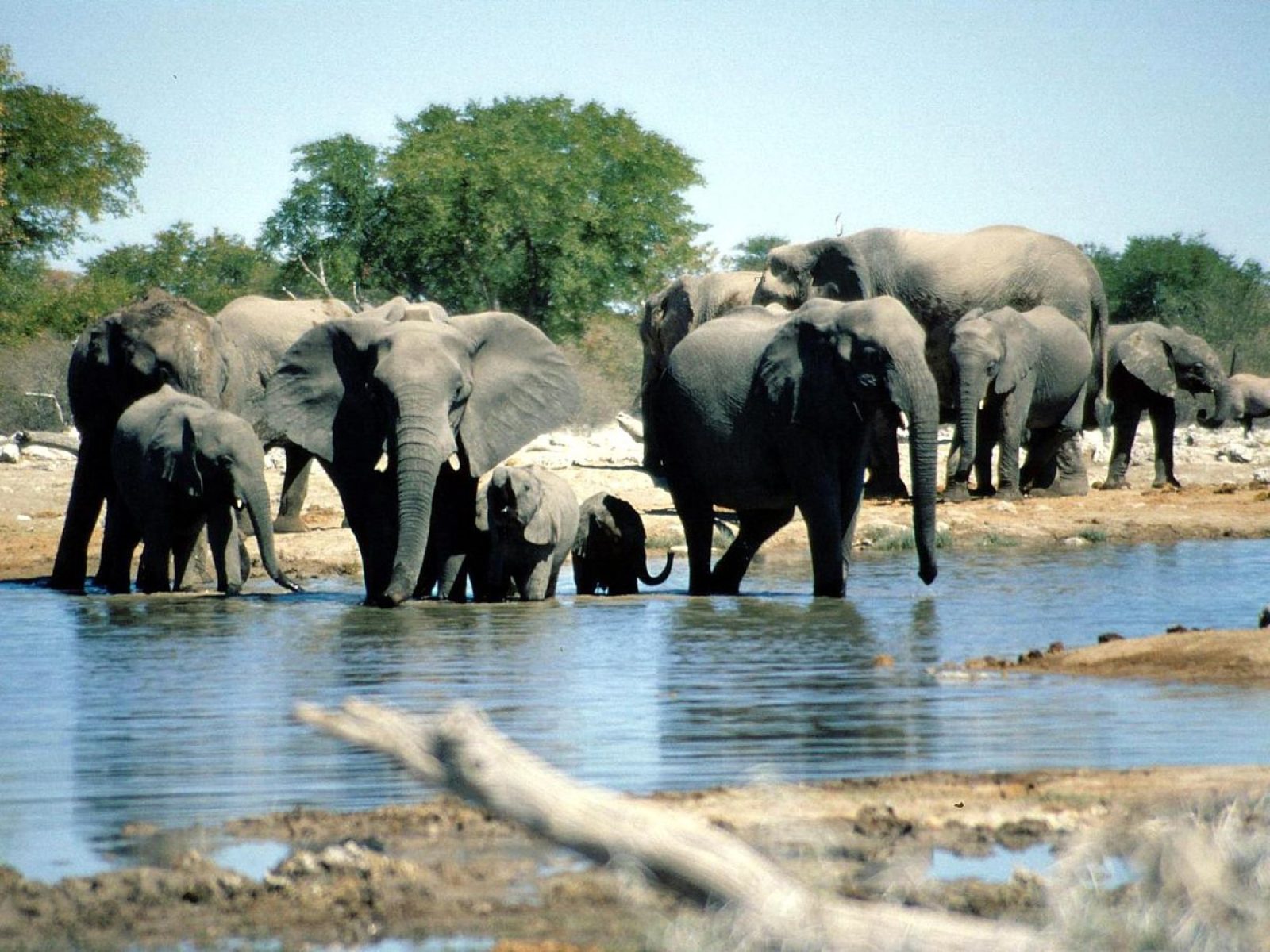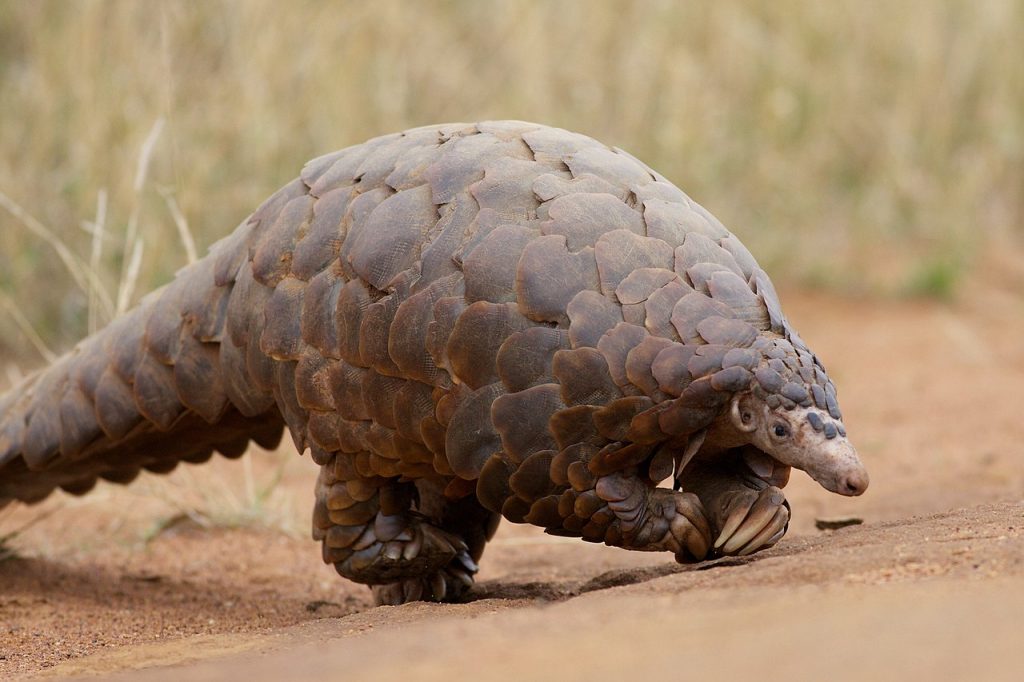While the Cheetah has suffered a horrific fall in range and numbers in the world over the last century, there are some hopes for the species.
Cheetah are not big...

Covering 824,292 square km (318,261 square miles), Namibia is the world’s thirty-fourth largest country, and the government has 20 state run protected areas which cover 17% of the country. However, after Mongolia, Namibia is the second least densely populated country in the world (2.7 inhabitants per square kilometre (7.0/sq mi)). Namibia takes its name from the Namib desert that stretches along the coast of the Atlantic. Although this desert has little rainfall, morning fogs roll in from the sea, and many species have developed ways to harvest this water (including humans). Due to this low human population, a number of wild species continue to do relatively well outside protected areas.
Rare species include the African wild dog, black rhino, Oribi and Puku (limited to just 100 individuals split between the Chobe river in Botswana and the Linyati marshes in this country. Both black and white rhino are found in national parks, but this is likely not to have been the case, without significant effort by conservationists over the last few years. Namibia contains around 3500 cheetah, or over half of the remaining cheetah in Africa- this country is also home to around 1/5 of the free roaming cheetah in Africa (South Africa is another country, where free roaming cheetah make up a large number of the cheetah in the country).
There are 20 species of antelope in the country, which range from the worlds smallest of the Damara Dik-dik (also known as Kirks dik-dik)
While the Cheetah has suffered a horrific fall in range and numbers in the world over the last century, there are some hopes for the species.
Cheetah are not big...
Argued back and forth for decades (since their local extinction in 1952), the idea of reintroducing cheetah has never gone away for India. For the government, it is clearly at...
While currently only exploratory, oil projects in the ecosystems of Namibia and Botswana potentially threaten the survival of 130,000 elephants - one of Africa's last great wildernesses.

This group of Southern African countries are once again raising the prospect of them selling the ivory that they have accumulated over the years. In the majority of African countries...
Pangolins are bizarre animals!

How many of you knew about a pangolin? How many of you...
Cheetah are about to return to India, for the first time since 1952 - 70 years ago, when the last one was killed.
8 Cheetah from Namibia (where cheetah live...
Hello everyone! We survive
So, the website was hacked. Nothing was stolen, from what I was told they were just able to delete the website. Thankfully we back up, so...
DNA analysis has shown that a grey whale first seen off the South West African coast, originated in a population off the eastern coast of Asia.

In South Africa, as much of the cheetah population as much of the cheetah population live either outside protected land or in reserves that are small, with space for only...
Cheetah are one of those species that have done rather badly over the last century. Back in 1900 there was around 100,000 cheetahs across Africa, now there is 7100.
Many...
During Angola's long-running Civil War, many parts of the country had minefields put in place. One of these is an area that is going to be a part of the...